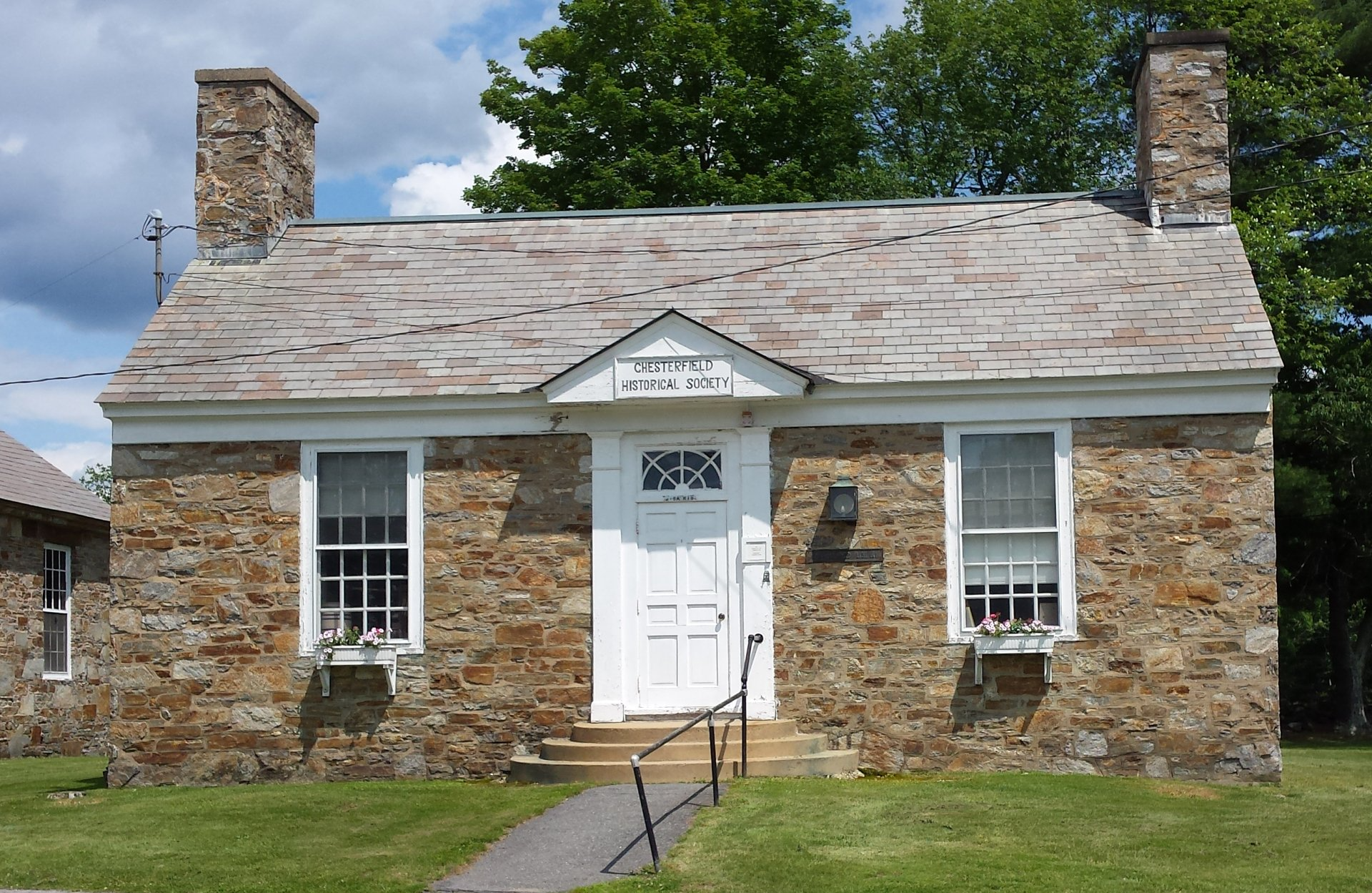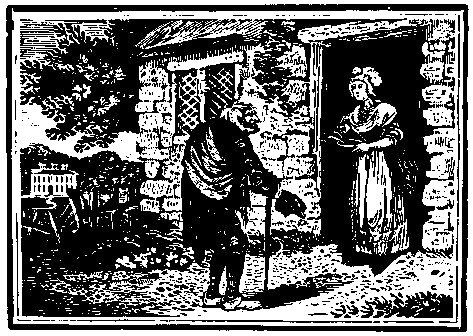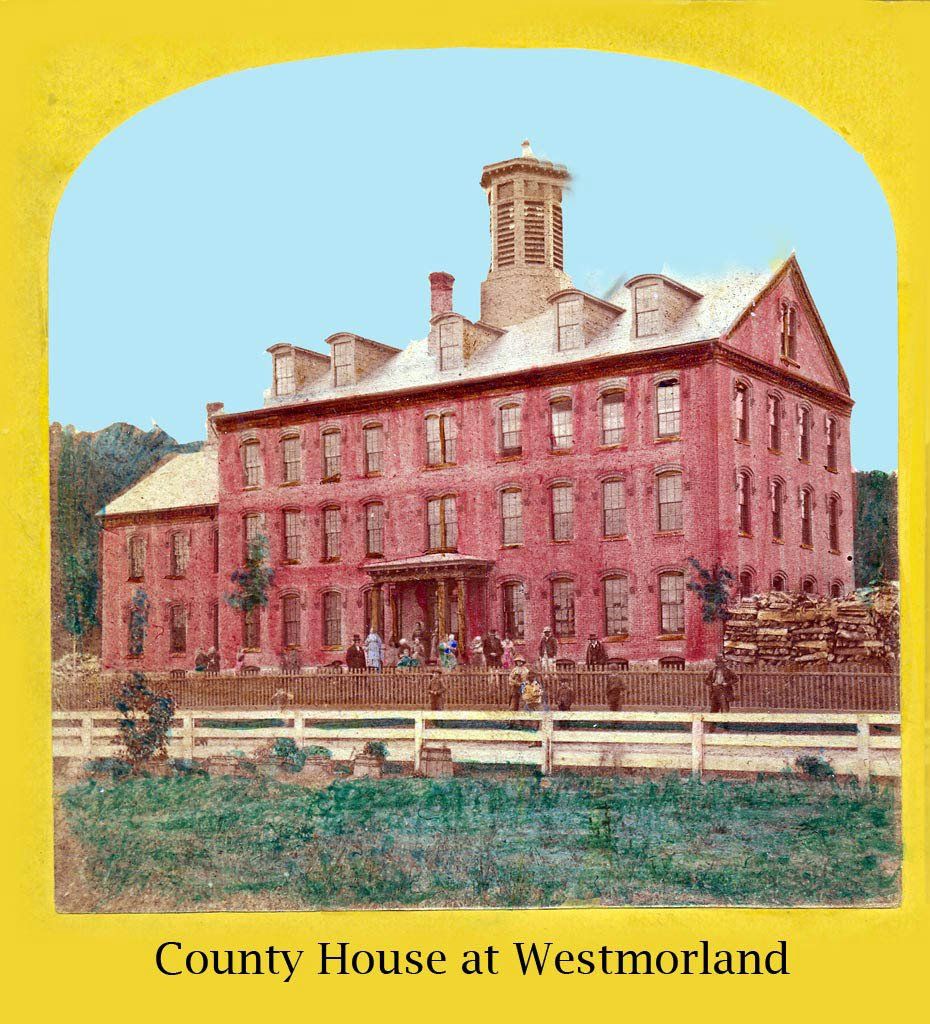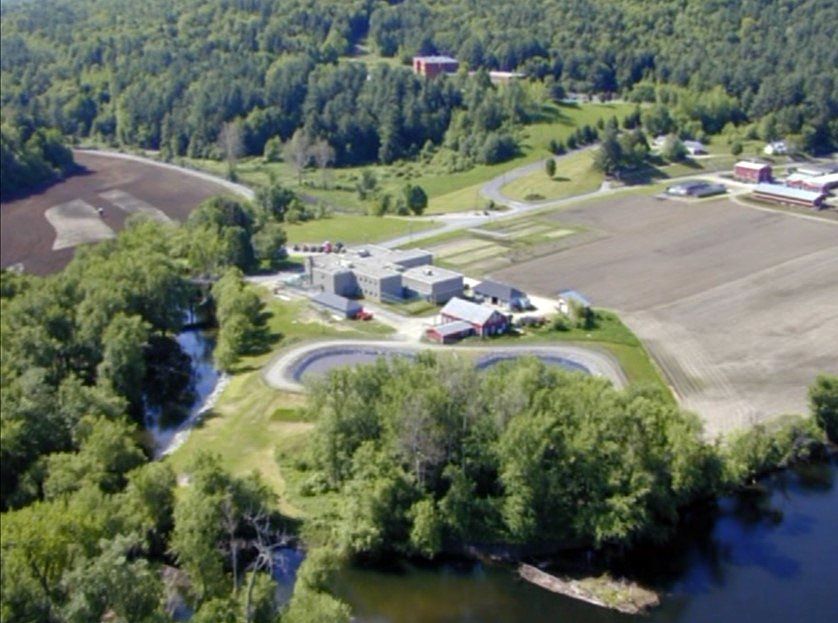Old Chesterfield's Poor
From Auction to Alms House
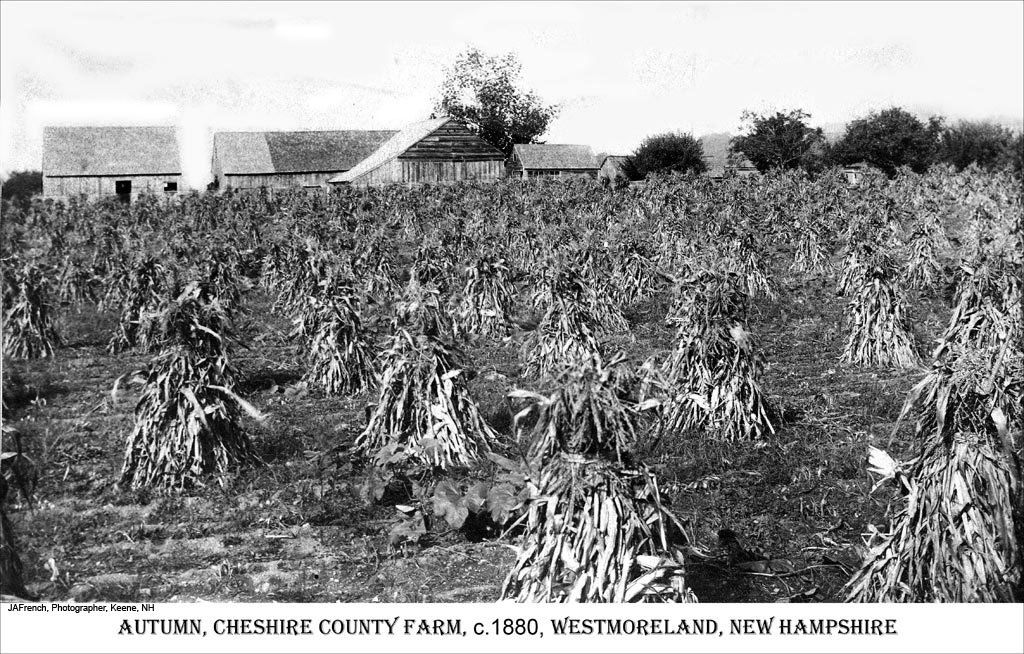
New Hampshire has dealt with the incapacitated in multiple ways. In the beginning, Old English Law was followed making paupers a town’s responsibility. However, “paupers” meant a wide range of human conditions including the impoverished (i.e., widows and children who become destitute), disabled, and infirmed. Outsiders were told to leave, called “warning out". Not anxious to provide support, some towns had a “strict residency requirement”, as long as seven years. Unfortunately, not all were "from away" but merely deemed a burden or nuisance. This meant entire families being forced to leave town.
Before 1835, like other NH towns, Chesterfield, relied on the system of “vendue them”, meaning auctioning resident paupers off to the lowest bidder. The bidder was responsible for the individual’s “keep and care for one year, keep clothes in repair, and nurse when sick". In return, the individual(s) would provide unpaid labor. Some towns, if wealthy enough, provided a small stipend to the bidder. At the end of the year, a new auction was held.
The 1830s started the "Age of Reform". It promoted a new system of creating supervised poor farms to replace the auctions. This was thought to deliver more consistent and better treatment, plus eliminate idleness. The farm’s purpose was to provide supervised shelter and subsistence through the labor of its inhabitants. So, in 1835, Chesterfield purchased the old “Snow Homestead” in the western part of town and fitted it out as a poor farm. The main building was a former tavern, one of the oldest houses in town, built by Zerubbabel Snow (1741-1795), son of original settler John Snow. (It still stands today on Snow Road near the mouth of Catsbane Brook.) Shortly afterward, the “Nichols farm” came into the town’s possession and its pasture became the town pasture. In 1837, the town voted to transfer the use of the town pasture to the Poor Farm. Over the thirty years the farm operated, slightly more land was added.
During the 1860s, changes in law shifted the burden of responsibility for paupers from the towns to the County. Consequentially, in 1865, the town sold the Poor Farm. This included the house and adjacent 40 acres, the town pasture, a meadow north of Catsbane brook, and a small pasture east of River Road. Eventually, those in need would reside in the new County Farm on River Road in Westmoreland. There the county had purchased a 600-acre farm for $13,000 and erected in 1869 a 4-story Alms House complex for $2,710.27. It was run by a supervisor and matron whose combined salaries in 1873 were $1000. Over the years, a jail and correctional facility were added. The Alms House and jail closed in 1975. The farm was rented out and the Maplewood Nursing Home built.
Myth Busting
Poor Road was named after the Poor House. Our Town Historian, Audrey Chickering Ericson, says not true! In the 1950s, when her Uncle Lyle Chickering was road agent, he escorted a Federal Road Agent around town. The federal agent's job was to assess how much road assistance Chesterfield should receive. When he asked Chickering about one road, Chickering declared, “It’s a Damn Poor Road!”, and the name stuck. Fact: The Poor House was on Snow Road which is just off Farr Road.

